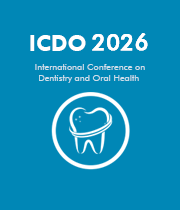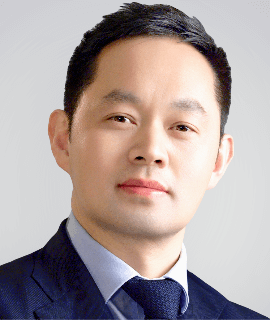Title: AI-powered pathology detection: The future of medical diagnostics
Abstract:
Accurate pathology detection is crucial in dentistry, enabling disease identification and guiding treatment. However, conventional methods present limitations such as time-consuming processes, human error, and specialised training requirements. In this lecture, we explore the transformative potential of AI-powered pathology detection, showcasing groundbreaking solutions that enhance diagnostic accuracy and efficiency.
A recent study by Schwendicke F et al. (2022) highlights the superiority of AI detection over human dentists. Leveraging machine learning algorithms, AI swiftly analyses X-rays to identify abnormalities that may go unnoticed. This empowers dentists to catch early signs of tooth decay or oral diseases. AI technology can also uncover unexpected yet significant issues, known as incidental findings.
Untreated dental infections can lead to severe health problems, including jaw bone infections, brain abscesses, and systemic infections affecting vital organs. Delayed caries detection can result in pain, root canal treatment, or even tooth loss. According to the U.S. Centres for Disease Control and Prevention, nearly half of U.S. adults over the age of 30 show signs of gum disease. Research also shows that people with untreated tooth infections are 2.7 times more likely to have cardiovascular problems, such as coronary artery disease. Coronary artery disease is one of the leading causes of death globally (Oral Health Foundation).
This is where AI plays a powerful part - Through a comprehensive 3D mapping of the entire mouth, early pathology and abnormality detection becomes possible. With AI technology, the evaluation process, which traditionally takes around 20 minutes, can now be accomplished within seconds. This allows clinicians to explore what lies beyond the capabilities of the human eye and to also save valuable time when analysing X-ray. To summarise, AI technology has the potential to revolutionise dentistry, providing reliable tools that save time, enhance imaging analysis, and improve patient outcomes.
Audience take away notes:
The presentation will show how AI can have a significant impact on the dental industry by providing dental professionals with a more detailed and meaningful way of visualising anatomy and pathology on x-rays.
The audience will be able to see how AI can provide automatic measurements to aid in treatment planning which reduces the time required to reach a diagnosis and plan treatment appropriately. The automation of manual processes and the ability to analyse a large amount of data using AI can lead to improved diagnostic decisions, patient care and increased productivity.
The following are just some examples of how AI technology can impact the dental industry -
- Root canal treatment is a highly technical procedure that involves treating the internal chamber of a tooth that is normally covered by the hard tissue of the teeth, i.e., enamel and dentine. AI technology enables clinicians to visualise this internal chamber where the pulp of the tooth resides in three dimensions, allowing for a new level of precision as well as reducing treatment times.
- The technology also addresses the challenges dental surgeons encounter in visualising the surgical site caused by overlying tissue. This is made possible by enabling the manipulation and the removal of these structures. Surgeons will now have complete oversight of all surgical structures and their relativeness to each other, thus enabling safer and more efficient surgical procedures.
- Early detection of pathology allows for early treatment, leading to a significant impact on reducing morbidity and mortality rates. Using AI, automatic detection of pathology will assist clinicians to provide optimal patient care by reducing missed and misdiagnosis.
- In addition to dental clinicians, the technology will also have use in other related industries such as radiology centres, Original Equipment Manufacturers (OEMs), dental corporations, public health organisations, dental education institutions and in patient education.




